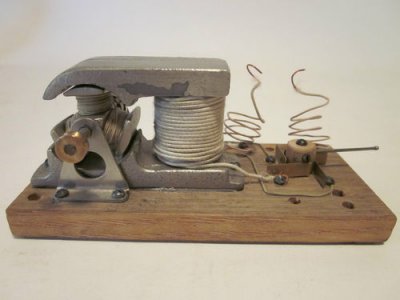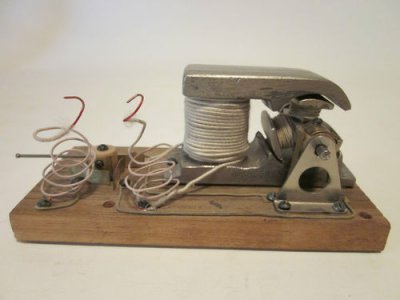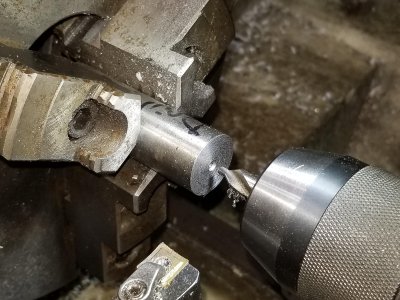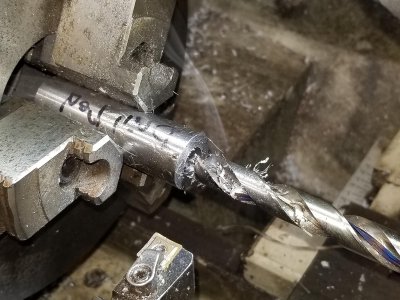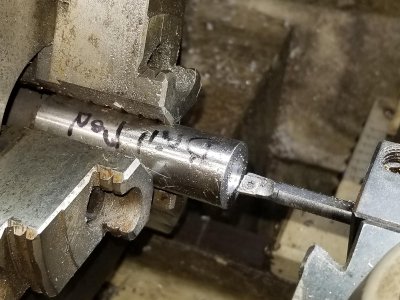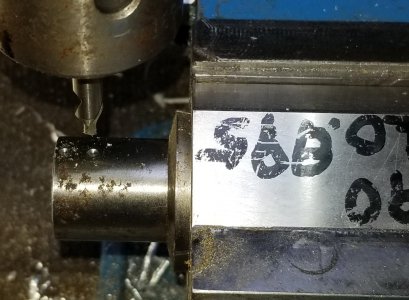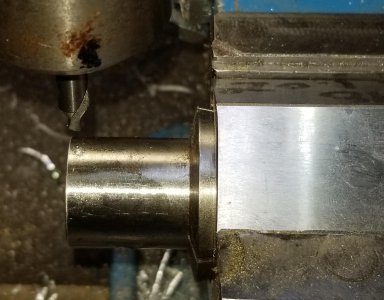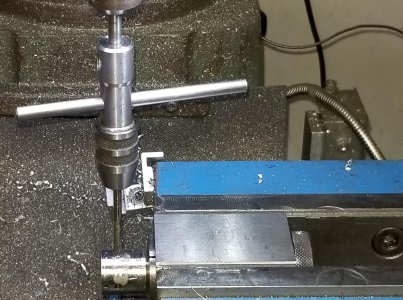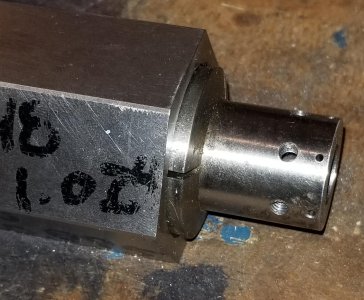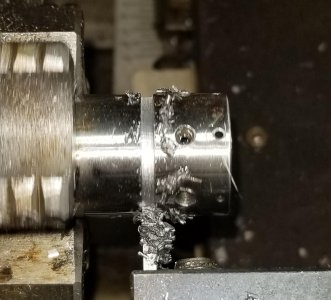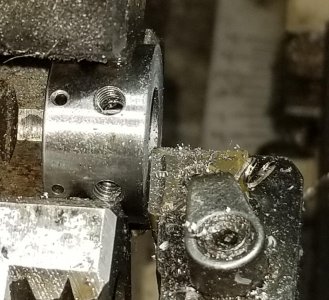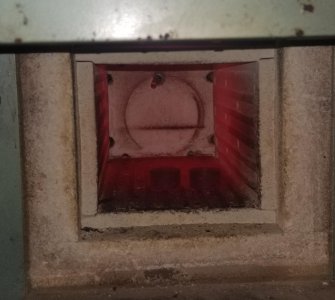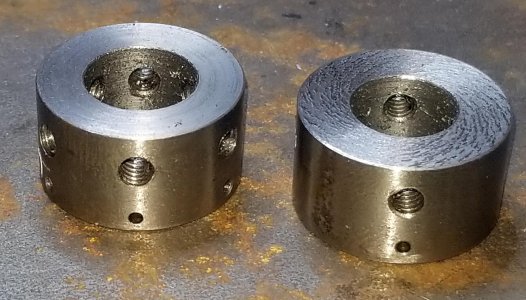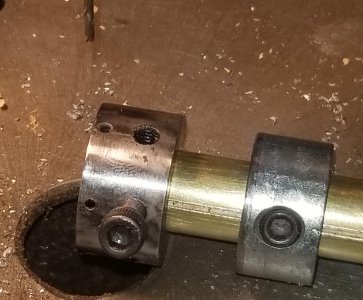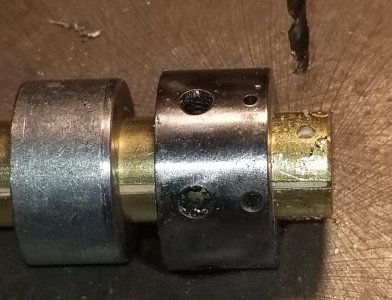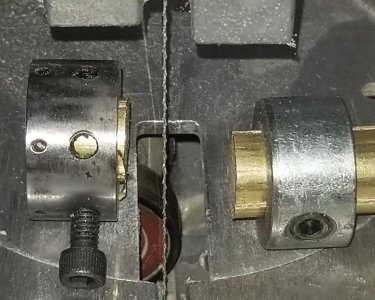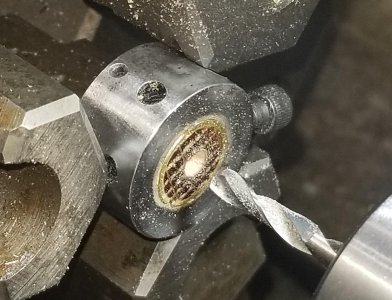- Joined
- Feb 9, 2017
- Messages
- 5,245
Amen. The idea China would knock it off is often said but in the grand scheme of things not often done. There is just so much detail work that takes #1 a sample of the original, and #2 copying with original intent. That takes a level of attention close to obsessive and I’ve not seen that with things that are not in their culture. Like who’s going to die grind the frame to replicate a cast piece? But without that the discerning collectors would be immediately put off.Anyway, I'm convinced regardless of our end motivation, keeping the brain active by working on projects is a good thing. Lot's better use of my time than watching sports on TV or Netflix.
You also have a great mixture of modern like the CNC to do the semi mass production while you do the detailed hand work. So if you were to look at it from a purely monetary standpoint how would they calculate the ROI? For a crude looking antique child’s toy? I would say you have the ultimate niche. You have been incredibly generous with your documentation on doing your process and have you seen others doing what you do? For me it just illustrates what a daunting task it is.
I LOVE seeing this kind of stuff because to all those who’ve gotten used to buying mass produced stuff and see something handmade and expecting mass produced prices it shows the amount of infrastructure, engineering and commitment it takes. I might have mentioned this before but my wife’s best friends husbands father used to own a metal shop. They had contracts to make metal parts for all kinds of stuff. He named off a bunch but the only ones that stuck were parts for the old Colman gas lantern and stove. They had huge machines that punched out 1,000’s of parts a day. I would have loved to go through a place like that and see how they did it.


